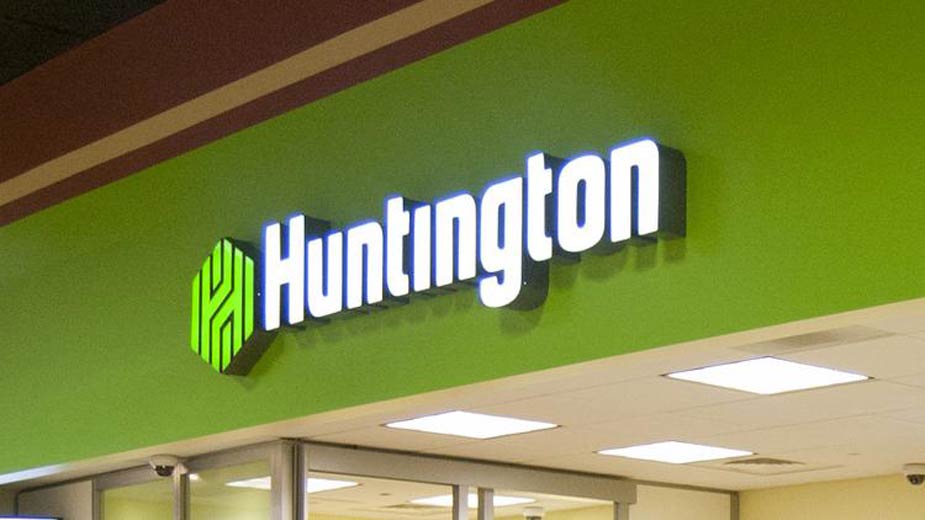Creating a Trust Provides Way to Pass Assets
YOUNGSTOWN, Ohio – It’s the part of financial planning that no one wants to talk about: What happens to your assets after you die? While some are content with writing a will, there are more involved processes for passing on your estate – your residence, money and everything else.
At their base, trusts are a contract. A person details his assets and who gets what upon his death, while the other party agrees to carry out the intent of the document.
For the most part, trusts are written the same regardless of their purpose. The only changes from one to another are the clauses they contain. What separates a charitable trust from a children’s trust or a revocable trust from irrevocable trust is an amendment stating to whom the money goes or whether the document can be amended.
“It’s not a static agreement,” says Karen Cohen, a trust officer for Home Savings Bank, of most trusts. “While you’re alive, you can change your mind about how your trust distributes assets after you pass away. You can revisit the agreement and we recommend you do it every three to five years or when the law changes.”
Beyond having control of how assets are to be distributed after one dies, one of the most common reasons people form trusts is to avoid probate. With a will, the executor must go through the probate court, which can take up to a year and allows creditors to file claims on the estate. And everything that happens in probate court is public record.
“Most people don’t want others to know their business. They like the privacy,” Cohen says.
That process can be lengthy, sometimes as long as a year, as the court works to notify next of kin and creditors, create an inventory and distribute the assets. With a trust, such matters can usually be completed within 60 days.
Another distinction between a will and a trust is how they pay out inheritances. With a will, the assets are paid in a lump sum when probate is complete unless the heir is under 18, in which case it is held until he reached his majority. With a trust, the settlor can establish when the trustee distributes income from the principal.
Most frequently, payments are made when the beneficiary reaches a certain age or upon a life event such as graduation from college. With such payments often come stipulations, although the responsibility for enforcement falls to the trustee.
“Sometimes people want to rule from the grave and establish very specific behaviors for their children,” says David Sabine, the senior trust officer for Huntington Bank in Youngstown. “Some are realistic and others, such as what kind of person they marry, are ill-advised.”
After the settlor – that is, the creator of the trust – dies and the amendments to the trust take effect, the trustee has both a fiduciary responsibility and a duty to carry out the intent of the trust, which often involves the trustee’s discretion. It’s the latter that can cause conflicts within a family when a relative is named trustee, a case the trust officers make for naming a corporate trustee.
“You’re creating a recipe for disaster,” says George Millich at Farmers Trust Co. “We can have the difficult conversations and then Thanksgiving isn’t as awkward because now it’s, ‘That George Millich, he’s the one who didn’t give me the money.’ ”
The standard areas for trustee discretion fall into four areas: health, education, maintenance and support, collectively known as the HEMS standard. While the first two are fairly clear – payments can be made to take care of medical bills or to pay for college, for example – the back half is open to interpretation. Should a payment be made to help a beneficiary make a mortgage payment or for a charitable donation?
It’s here that personally knowing the settlor can benefit the trustee in making those decisions. Millich recommends meeting annually with a trustee to review the document to ensure it’s up to snuff.
“The first argument is always, ‘So-and-so would have wanted me to have the money,’ ” he says. “The more I get to know So-and-so, the more accurate I can be in saying I know what he wanted.”
As with all end-of-life planning, trust officers recommend starting as early possible. Most common, though, is they see clients come in to have the initial discussion at one of two times. First, when the family grows with the addition of a child or grandchild or, second, when a friend or family member gets sick or dies.
“I see it, at the earliest, when a couple is starting a family,” says Home Savings’ chief trust officer, John Prelac. “They realize that they’d like to have a trust to hold that money for the benefit of their children if there’s a tragedy.”
The length of creating a trust varies from trust to trust because some settlors go through every investment and asset and leave them to dozens of beneficiaries while others leave their lists sparse with just a few beneficiaries. With that in mind, Huntington’s Sabine warns against trying to make the trust perfect on the first draft.
“Perfect is the enemy of good and many people wait a very long time trying to make the most ideal decision when a good decision at the moment is more important to move the process along,” he says. “You are allowed to change your mind.”
But all note that trusts are by and large dynamic documents and that the first iteration is rarely the one that takes effect, one of the misunderstandings their clients occasionally have. Another misunderstanding is that putting assets into a trust protects them from the estate tax – only an irrevocable trust can do that, and even then it has stipulations, Prelac says – and just whom trusts are for.
“Trusts are not just for the super-wealthy. It’s really a life management tool that can be used in a lot of different ways,” Sabine says. “Setting up the trust really does give the person the opportunity to do a complete inventory and get a complete understanding of things.”
Copyright 2024 The Business Journal, Youngstown, Ohio.



